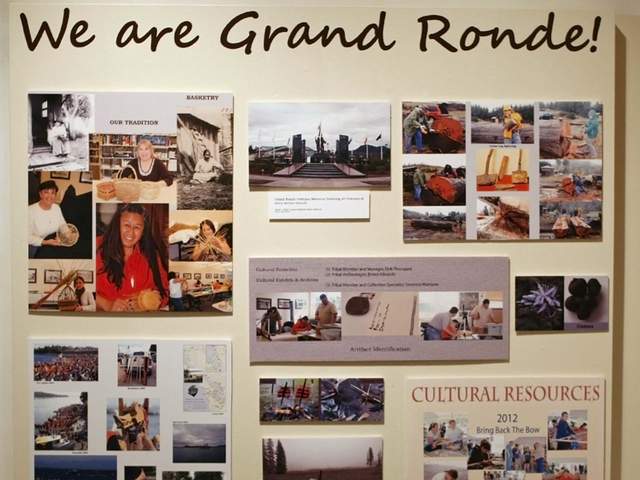The following is a blog posted to the White House website, and cross-posted from the U.S. Department of the Interior.
Last year, the Department of the Interior established the Land Buy-Back Program for Tribal Nations to implement important land consolidation requirements set forth in the historic Cobell Settlement Agreement. That agreement provided for a copy.9 billion fund to consolidate lands that have become fractionated, over time, across Indian country. By establishing the Buy-Back Program, the Department made a commitment to work together – with tribes and individual Indian land owners alike – to address the negative impacts of land fractionation in Indian country.
RELATED: Cobell Land Consolidation Plan to Cost $285 Million for Interior Department to Run
Fractionation of ownership affects more than 93,500 land tracts on more than 150 Indian reservations. These tracts often have hundreds, sometimes thousands, of owners that must each be consulted before even basic decisions can be made about use of land and resources.
Over the next 10 years, the Buy-Back Program will make purchase offers to willing sellers in an effort to make land more usable and prevent further fractionation. By doing this, Interior will help expand tribal economic development opportunities across Indian country, and, in turn, restore tribal control over tribal lands and resources in order to build towards true tribal self-determination and ultimately strengthened tribal sovereignty.
In our first year, the Department has focused on establishing the building blocks of program success. Nation-to-Nation conversations have been critical to this development, and have helped us make significant policy decisions about the Program. This past month, we released an Updated Implementation Plan, which incorporates suggestions and responds to comments received through multiple tribal consultations and one-on-one meetings.
We have heard from tribal leaders that we must implement the Buy-Back Program in a fair and equitable manner, moving quickly to ensure that we reach as much of Indian country as possible. Additionally, we sought independent analysis from The Appraisal Foundation, the nation’s foremost authority on appraisal standards to ensure a high quality valuation process would be used.
Tribes also expressed the need for predictability and transparency on the timing of implementation efforts. In response, the Department expanded its implementation strategy by opening up a solicitation period through March 2014, during which tribes with jurisdiction over the most fractionated locations are invited to submit letters of interest or cooperative agreement applications for participation in the program. This solicitation puts much of the timing in the hands of tribal governments and will allow the program to move on a quicker timeline.
And, in a historic step this week, Interior announced that the very first purchase offers have been sent. After working closely with Oglala Sioux leadership, landowners on the Pine Ridge Reservation – one of the most fractionated locations in the United States – will be receiving purchase offers this week. Individuals with interests at the Makah Indian Reservation will receive offers as well.
RELATED: Oglala Sioux First Tribe to Reach Agreement of Fractionated Lands
We know the challenge ahead is mighty, but we are working hard to ensure that this incredible opportunity for Indian country is not wasted. Change will not be implemented overnight, but ultimately the Program will restore lands to tribes and place decision-making over these lands back into the rightful hands of tribal governments. Our Nation-to Nation partnerships have been critical to the work that has gotten us to today and we look forward to our continued work together.
Kevin K. Washburn is the Assistant Secretary for Indian Affairs at the Department of the Interior and a member of the Chickasaw Nation in Oklahoma.
Read more at http://indiancountrytodaymedianetwork.com/2013/12/21/land-buy-back-program-strengthening-our-nation-nation-partnership-152818

















